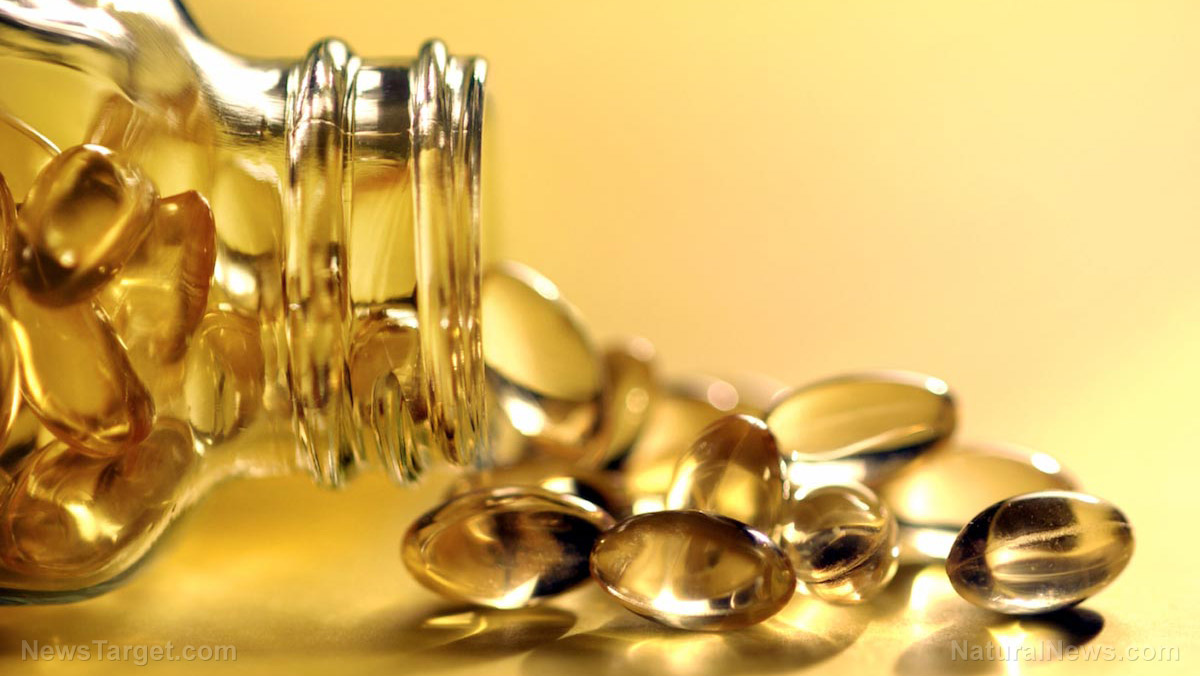IT’S CRIMINAL: Doctors now pushing to slash recommended vitamin D intake in half, even as most of the population is critically deficient in this anti-cancer nutrient
10/26/2017 / By Rhonda Johansson

Looks like vitamin D has been d-listed by scientists yet again, with new recommended dietary allowance (RDA) guidelines halving vitamin D intake from 800 international units (IU) per day to a paltry 400 IU. This, following conclusions made by the Endocrine Society after using a “gold standard for measuring 25(OH)D.” These findings were presented at the ENDO 2017 conference last April.
Principal investigator J. Christopher Gallagher, M.D. said on ScienceDaily.com, “The RDA is easily achievable with a supplement of 400 IU in winter, when vitamin D levels are lowest in North America. This has important ramifications for public health recommendations. The amount of vitamin D needed, 400 IU daily, is less than the figure recommended by the Institute of Medicine.”
For the last few years, medical and health professionals followed the IOM recommendations of 800 IU of vitamin D every day. The recommendation was set after a double-blind dose-response clinical trial made in 2007. In the study, doctors found that 800 IU of vitamin D was enough to meet the daily requirements of 97.5 percent of the population. However, using a newer, more advanced type of technology, researchers say that half that amount will suffice. Liquid chromatography mass spectrometry was used to reanalyze the 2007 data for a more “precise dose-response curve.” It was from this reanalysis that the calculated RDA of 400 IU was made.
Nevertheless, Gallagher was quick to mention, “remember, this RDA is for bone health only. It may be different for other diseases. Although trials looking into cancer, diabetes, and other diseases are ongoing, we do not have information about this yet.”
Mother Nature's micronutrient secret: Organic Broccoli Sprout Capsules now available, delivering 280mg of high-density nutrition, including the extraordinary "sulforaphane" and "glucosinolate" nutrients found only in cruciferous healing foods. Every lot laboratory tested. See availability here.
Contradicting science
These new recommendations come as a surprise to the health community, considering the mounting evidence which suggests that almost half of the American population are deficient in vitamin D. (Related: Vitamin D deficiency is widespread among U.S. population, expectant mothers are deficient and giving birth to deficient infants.)
A relatively recent National Health and Nutrition Examination Survey revealed that the overall prevalent rate of vitamin D deficiency was 41.6 percent. Broken down even further, data shows that African Americans had the highest rates of deficiency (81.2%), followed by Hispanics (69.2%). Vitamin D deficiency was also more likely among those who:
- Were non-white,
- Had no college education,
- Were obese,
- Had poor health,
- Were hypertensive,
- Had low high-density lipoprotein (HDL) levels, and
- Did not consume milk daily.
Vitamin D deficiency is linked to the onset of various diseases and an increased mortality risk. A 2012 study published in the American Society for Clinical Nutrition found that lower amounts of 25(OH)D was associated with a higher risk of death. Conversely, increasing levels of 25(OH)D lowered the risk.
How scientists measure vitamin D
Vitamin D is essential to bone health. This fat-soluble vitamin is mostly obtained through sun exposure and undergoes a series of reactions to become activated. Scientists typically use serum concentrations of 25(OH)D as a good indicator of vitamin D levels in a person’s body. In an explanatory article on the National Institute of Health’s website, “25(OH)D functions as a biomarker of exposure, but it is not clear to what extent 25(OH)D levels also serve as a biomarker of effect (i.e. relating to health status or outcome)…There is considerable discussion of the serum concentrations of 25(OH)D associated with deficiency (e.g., rickets), adequacy for bone health, and optimal overall health, and cut points have not been developed by a scientific consensus process.”
It was this specific concentration that Dr. Gallagher and his team used to make their recommendations.
These new recommendations may do more harm than good. Regardless of what the scientific community says, it’s best to keep yourself informed with the proper news found on Prevention.news.
Sources include:
Tagged Under: contradictory science, discrediting supplements, disease prevention, nutrients, RDA, vitamin D, vitamin D deficiency




















